No data found for Custom Course Number
No data found for Custom Course Units
Intended Audience: civil and construction engineers.
PDH UNITS: 4
Historically, architects and engineers have had difficulty in coming up with relatively accurate cost estimates during the design phase of a project. This course is intended to cover the tips, tricks, and items that architects and engineers may not have realized they were leaving out of their estimates. This course will do the following: Review the purposes and contents of a conceptual estimates, bid estimates, and construction control estimates. Explore construction cost estimating resources and processes. Receive practical advice for estimating labor, equipment, materials, overhead and profit. Learn how to estimate materials, services, mechanical, electrical and plumbing. Discuss the role of value engineering and life cycle costing, and review commonly-used cost estimating software. Evaluate projects risks as it relates to cost and determine an appropriate contingency percentage.
Learning Objective:
At the successful conclusion of this course, you will learn the following knowledge and skills:- Define the purposes and contents of conceptual estimates, bid estimates and construction control estimates.
- Examine and compare conceptual estimates, design estimates, bid estimates and construction control estimates.
- Determine what an acceptable range of accuracy for an estimate is during various design stages.
- Explore the differences between Design/Bid/Build and Design/Build as it relates to estimating.
- Explore the estimating process and identify estimating resources, including CSI Master Format and construction data resources.
- Effectively identify overhead items and the impact of such on the overall cost of a project.
- Handle estimates for labor, equipment, materials, services, mechanical, electrical, plumbing, overhead and profit.
- Use a scientific method to determine cost risks and determine an appropriate contingency amount during the design phase.
- Review commonly-used construction cost estimating software.
Course Reviews
1
- 5 stars0
- 4 stars0
- 3 stars0
- 2 stars0
- 1 stars1
Once completed, your order and certificate of completion will be available in your profile when you’re logged in to the site.

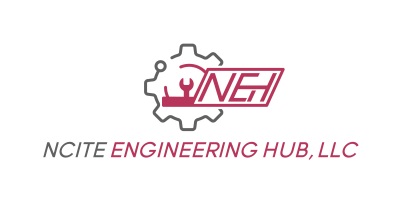
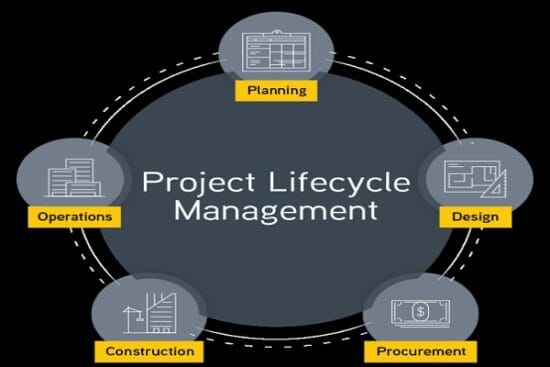



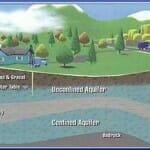

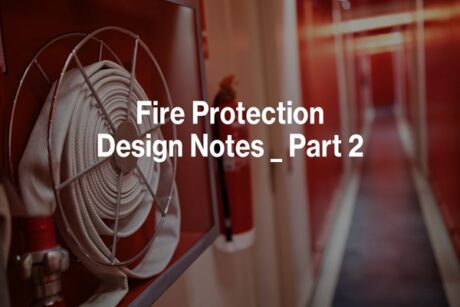

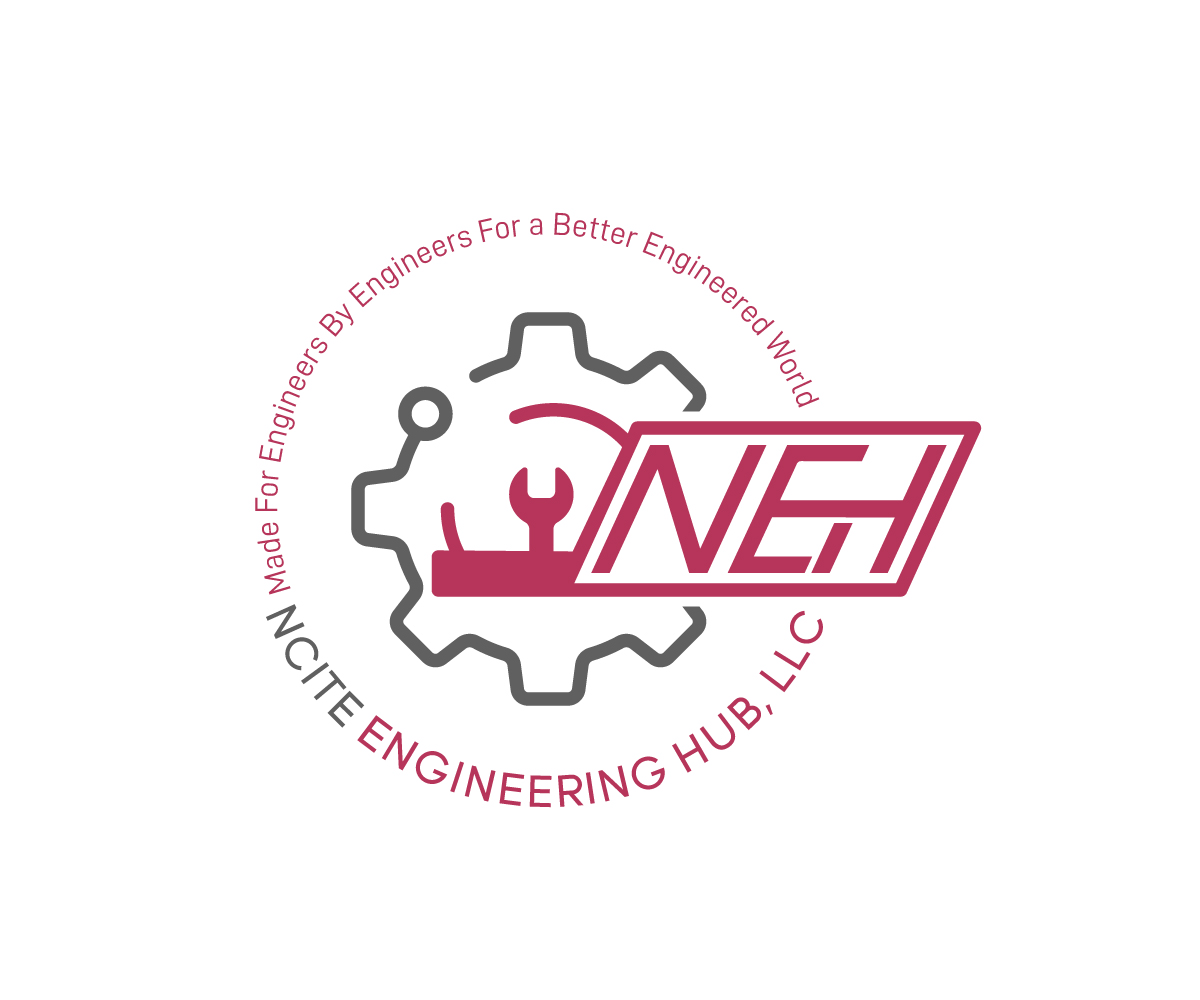
The course materials are sparse. Should include audio of presentation or better materials.